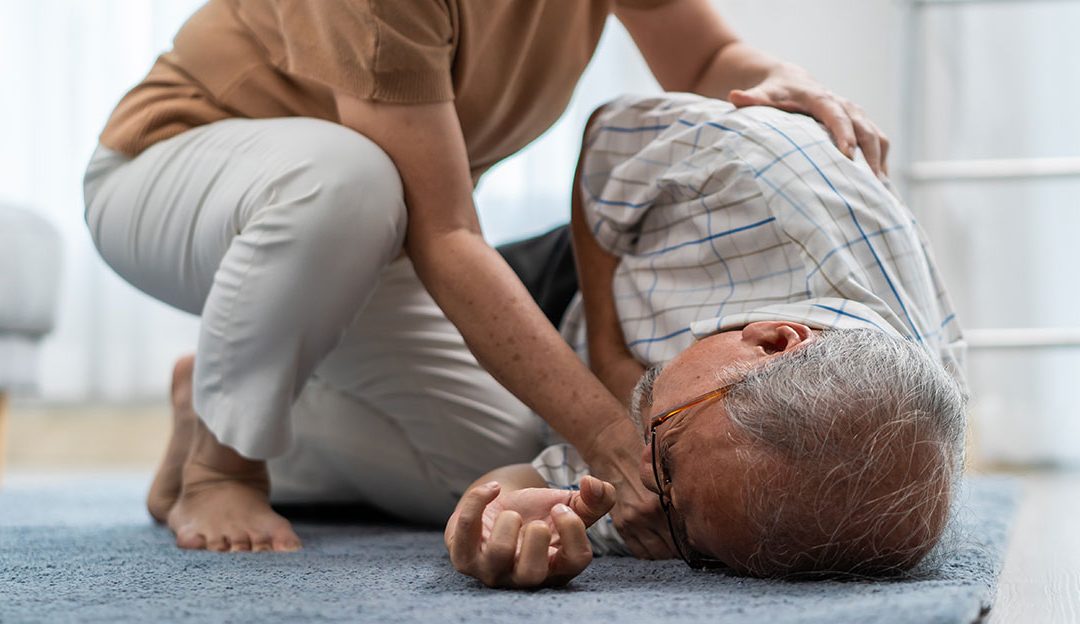In today’s world, technology plays a crucial role in enhancing our lives, especially for seniors who aspire to maintain their independence. One of the remarkable technological advancements is the fall detection device. Understanding how fall detection devices work can be pivotal for seniors and their families. These devices are designed to provide safety and peace of mind, ensuring that help is available when needed.

What Are Fall Detection Devices?
Fall detection devices are sophisticated gadgets that identify when a person has experienced a fall. They are particularly beneficial for seniors who are more susceptible to falls due to various health conditions. These devices automatically send an alert to emergency contacts or a monitoring center, ensuring timely assistance.
The Technology Behind Fall Detection
Accelerometers and Gyroscopes
The core components of most fall detection devices are accelerometers and gyroscopes. An accelerometer measures the rate of change in velocity, while a gyroscope measures orientation. Together, they detect the sudden movements and angles associated with falls.
Algorithms and Machine Learning
Advanced algorithms analyze data from the sensors to distinguish between normal activities and falls. Some devices also use machine learning to improve accuracy, adapting to the user’s movement patterns over time.
Types of Fall Detection Devices
Wearable Devices
Wearable devices like smartwatches and pendants are popular choices for seniors. They are convenient and often incorporate additional features like heart rate monitoring. Learn more about smartwatches suited for daily use by seniors.
Smart Home Systems
These systems integrate with home automation, using sensors placed around the house to detect falls. They can be particularly useful for seniors who spend most of their time at home.
Benefits of Fall Detection Devices
Immediate Assistance
One of the main advantages is the provision of immediate help. When a fall is detected, alerts are sent to emergency contacts or a monitoring center, ensuring that assistance arrives without delay.
Peace of Mind for Families
Families gain peace of mind knowing their loved ones are monitored and can receive help quickly if needed. This reassurance can significantly reduce stress and worry.
Choosing the Right Device
Consider the User’s Lifestyle
The choice of a fall detection device should consider the user’s lifestyle. For active seniors, a wearable device might be more suitable, whereas a home system could be ideal for those who prefer staying home.
Additional Features
Look for devices that offer additional health monitoring features, such as heart rate tracking or medication reminders, to maximize their utility.
Challenges and Limitations
False Alarms
One challenge with fall detection devices is the potential for false alarms. Sudden movements or dropping the device can sometimes trigger alerts. However, ongoing improvements in technology are addressing this issue.
Battery Life
Battery life is a critical factor to consider. Devices need to be charged regularly, and a dead battery can render the device useless in an emergency.
The Future of Fall Detection Technology
The future holds promising enhancements for fall detection devices, with advancements in artificial intelligence and machine learning leading the way. These developments will likely result in more accurate and reliable devices.
Conclusion
Understanding how fall detection devices work is essential for anyone considering these tools for themselves or their loved ones. They offer significant benefits in terms of safety and peace of mind for seniors and their families. By staying informed and choosing the right device, seniors can enjoy greater independence while ensuring help is available when needed.

FAQ Section
1. How accurate are fall detection devices?
The accuracy of fall detection devices varies. Most modern devices are quite accurate, but false alarms can occur. Continuous advancements are improving their reliability.
2. Can fall detection devices be worn in the shower?
Many fall detection devices are designed to be water-resistant, but it’s essential to check the specifications of each device to ensure it’s safe for use in the shower.
3. Are there any subscription fees for fall detection devices?
Some devices require a subscription fee for monitoring services, while others do not. It’s important to consider this when choosing a device.
For more on fall detection and prevention, visit Physio-Pedia and learn about ways to reduce fall risks.
This article contains affiliate links. We may earn a commission at no extra cost to you.

